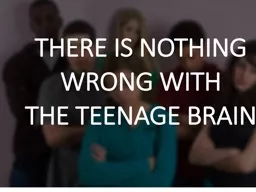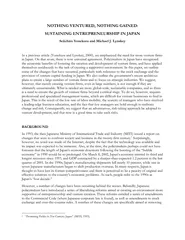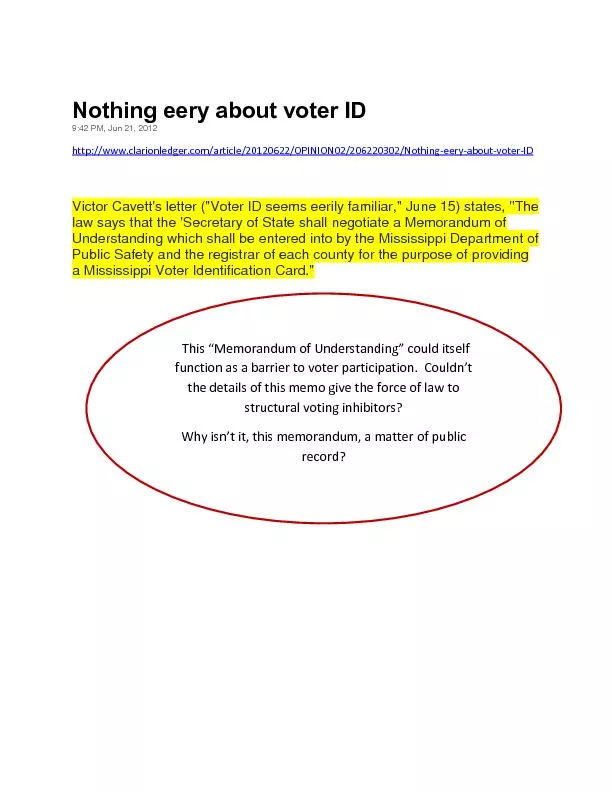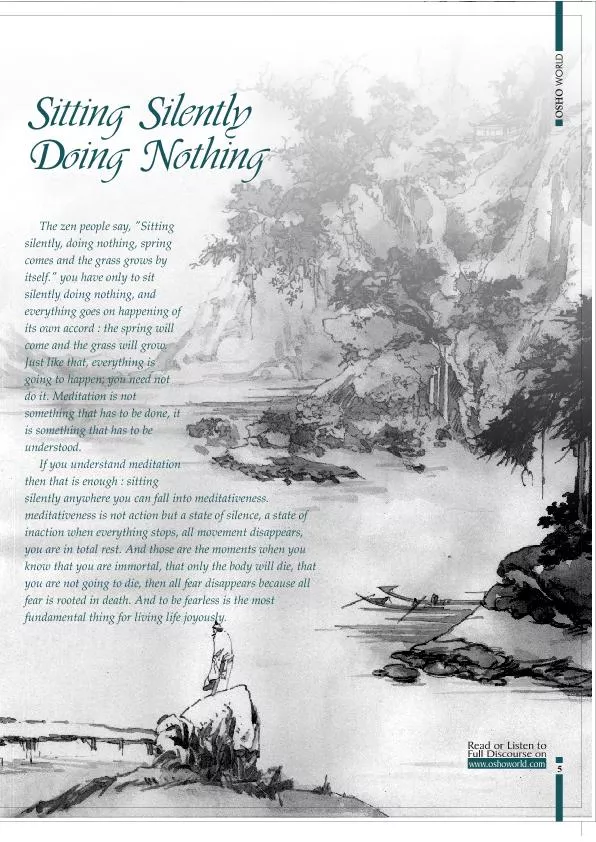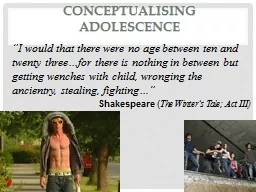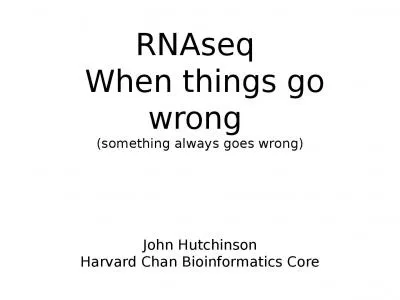PPT-THERE IS NOTHING WRONG WITH
Author : alida-meadow | Published Date : 2017-10-15
THE TEENAGE BRAIN The Kids Are Alright vs The Kids Are Not Alright not alright because of Drugs Bad Parenting Bad Schools TV Movies Pop Culture Divorce GMC General
Presentation Embed Code
Download Presentation
Download Presentation The PPT/PDF document "THERE IS NOTHING WRONG WITH" is the property of its rightful owner. Permission is granted to download and print the materials on this website for personal, non-commercial use only, and to display it on your personal computer provided you do not modify the materials and that you retain all copyright notices contained in the materials. By downloading content from our website, you accept the terms of this agreement.
THERE IS NOTHING WRONG WITH: Transcript
Download Rules Of Document
"THERE IS NOTHING WRONG WITH"The content belongs to its owner. You may download and print it for personal use, without modification, and keep all copyright notices. By downloading, you agree to these terms.
Related Documents

